3 Tips for Fall Planting Success
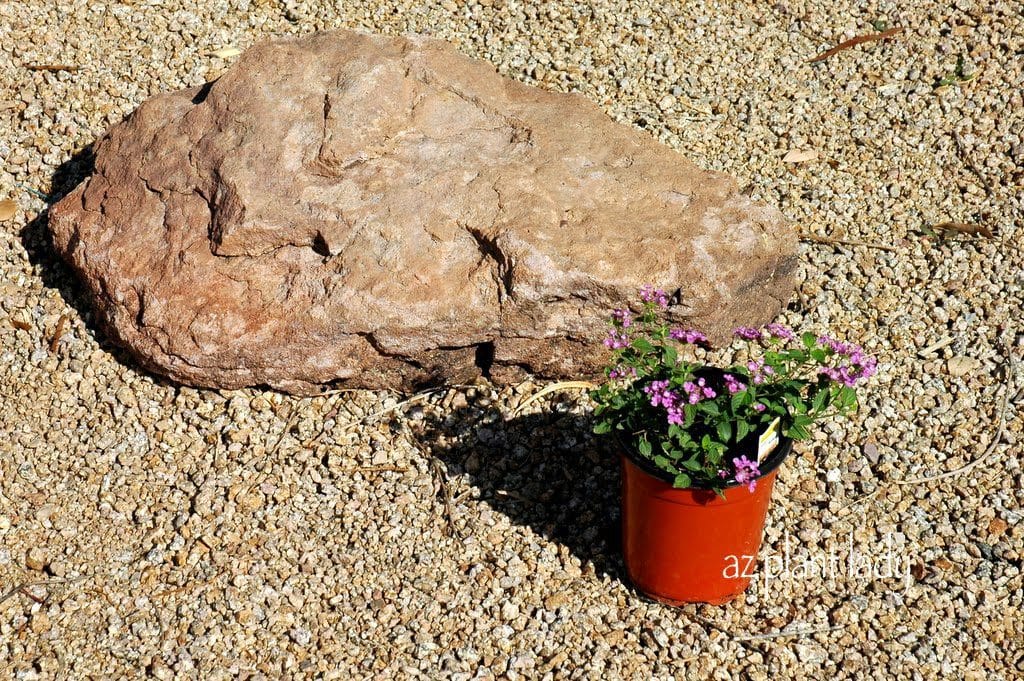
Fall planting
It’s hard to believe that we have made it through another summer.
Oh, I realize that we have a few more weeks of 100+ degree weather, but whenever there is month that ends with the letters “ber” it just feels cooler to me.
I am gearing up for my favorite season in the garden. In my last post, I talked about the reasons why fall is the best time to add new plants to the Southwest landscape.
Today, I’d like to share with you three tips to help you make the most of your fall planting.
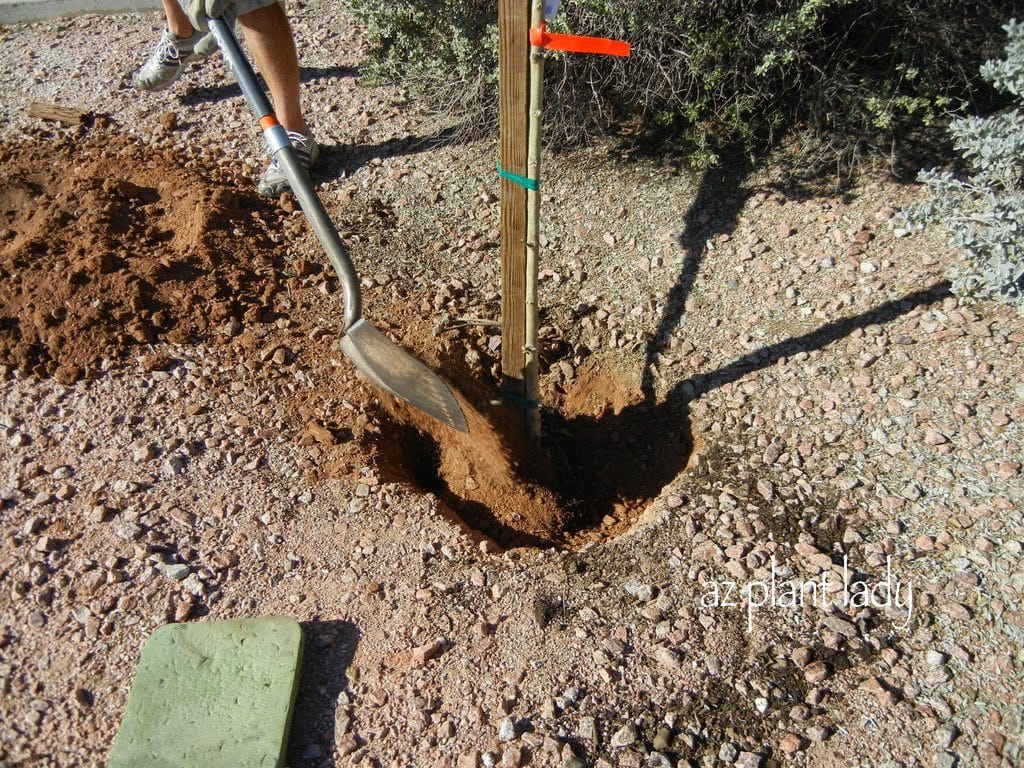
Photo: This planting hole is too small.
It all comes down to the hole. It’s hard to believe that often what determines a plant’s initial success is the size of the hole it is planted in.
If you are digging holes like the one above – then you may be in trouble. That hole is too narrow.
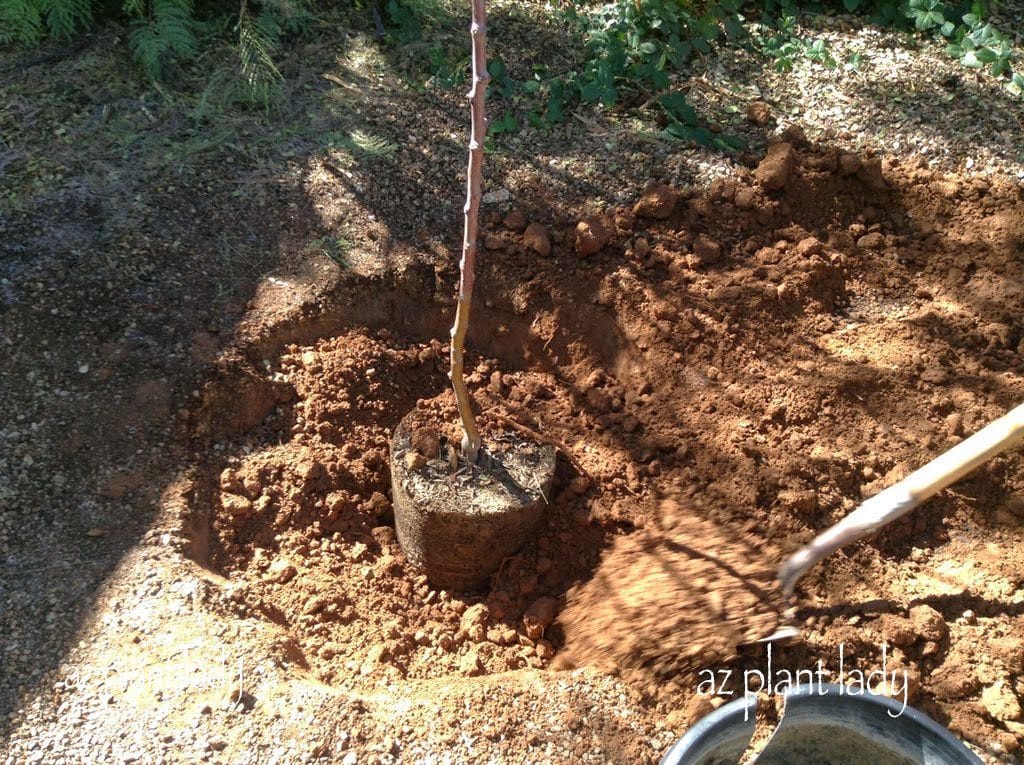
The ideal hole should be 3X as wide as the root ball.
Why?
Well, most of a plant’s roots grow outward into the soil. When they are placed in a hole like the one above, the recently loosened soil makes it much easier for roots to grow into, which helps the plant to establish much sooner.
*It’s important to note that the depth of the hole should be the same depth as the root ball or even a few inches shallower. This helps prevent problems from the dirt settling, which can leave your new plant sitting rather low in the soil where problems with becoming waterlogged can happen.
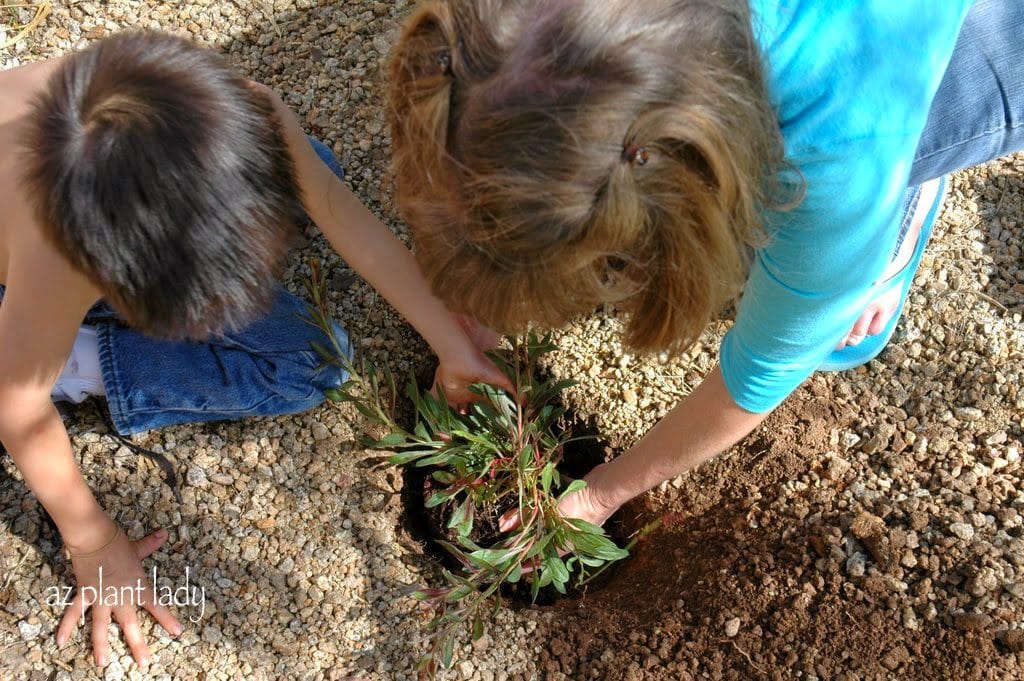
The big question – whether to add soil amendments or not?
When you go to your local nursery to buy new plants, you may be encouraged to buy soil amendments such as compost, potting soil or even manure.
The question is, do you really need it? Often you don’t.
I have planted thousands of plants throughout my career as a horticulturist and most of them without adding anything to the soil. The plants were healthy and did very well without any extra additions to the soil.
Here a few guidelines to follow to help you decide whether or not to add any amendments to the soil before planting.
– If your soil is well-drained AND your new plants are native to any of the desert regions of the United States, than the answer is “no”.
Native plants are adapted to growing in the nutrient poor soils of the desert and do best when nothing is added to the soil. In fact, if the soil is too fertile – you’ll often see green growth, but flowering will be decreased.
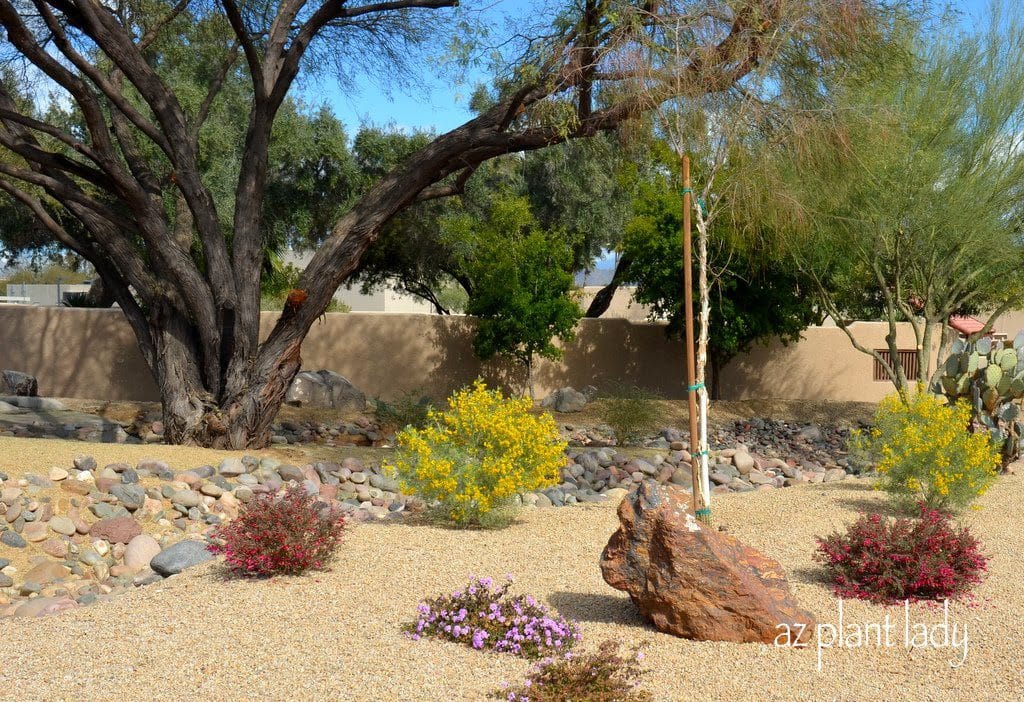
Photo: Valentine (Eremophila maculata), Feathery Cassia (Senna artemisoides) and Purple Trailing Lantana (Lantana montevidensis) planted without needing any soil amendments.
The same can be said of some non-native plants – particularly those from Australia such as Eremophila and Senna species.
So, are some times when adding soil amendments is a good idea?
Absolutely!
– If you have heavy clay soil or very sandy soils, than adding compost to the planting hole can help. Mixing compost in with clay soils help them to drain better. This is important because most plants that grow in the Southwest do best in well-drained soil.
Conversely, sandy soils have a hard time holding onto enough water, so compost helps those soils to hold onto more water. Add 1 part compost to 1 part native soil and mix together before planting.
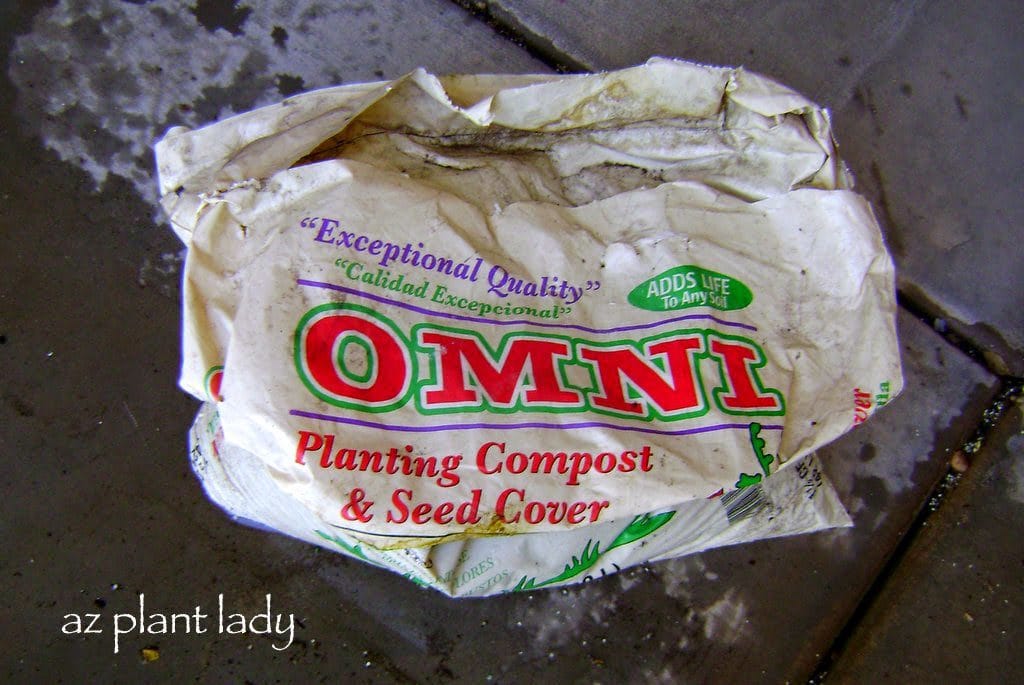
– Amend the soil when planting non-native plants that do not originate from arid climates.
Plants like day lilies, iris, roses, etc. require fertile soil to grow their best. Amending the soil with compost, manure and other amendments will improve the soil texture, add small levels of nutrients and add beneficial microorganisms which will benefit your plants.
Plants such as these will need regular applications of fertilizer to do their best.
Personally, I like to grow what I like to call ‘fuss-free’ plants where I don’t have to add fertilizer with the exception of my roses.

Skip the fertilizer for newly planted plants. This tip is NOT always popular with some nurseries who often encourage the application of fertilizer at the time of planting.
So, let’s talk about when to add fertilizer.
– Most native plants will not need fertilizer ever. In fact, many can make their own fertilizer.
– For plants that do need fertilizer such as hibiscus, iris, roses, etc. – wait until you see new growth occurring before adding fertilizer.
The reason for this is that when you first add a new plant, it needs to concentrate on growing new roots in order to support future top growth (stems, branches and leaves). If you add fertilizer at the time of planting, you are forcing the plant to focus on the top growth before it has the roots to support it.
So, a general rule is to wait until you see new top growth before adding fertilizer.
– The rule for fruit trees is slightly different. It is recommended to wait until 1 year after planting before fertilizing.
Again, you may hear differently from your nursery who in addition to wanting you to be happy with your purchase, also has their bottom line (profits) in mind.
I am not including all nurseries or nursery professionals into this one group. However, I have visited nurseries where customers are told that they need to fertilize all their plants. Many of my clients are thrilled when I tell them to throw out their fertilizer because their native plants don’t need it.
*I remember a story from one of my horticulture professors who talked about standing in line behind a customer at the store with a cart filled with native, desert plants and another cart with ‘special’ fertilizers that they were encouraged to buy.
My professor loudly commented to her husband, standing next to her, that “Numerous studies have shown that fertilizer is a waste of money when used for native plants.”
So, are you ready to add some new plants to your landscape? Before you head out to the nursery, I invite you to come back for my next post, when I’ll share with you some tips on how to select healthy plants AND I will reveal to you what my favorite plant nursery is!
************************
I apologize for the relative lack of recent posts. Life has been very busy with the kids back in school, increased landscape consults and getting ready to go visit my daughter, Rachele, who is expecting. We will find in a few days whether we will be welcoming a boy or girl!
I have two biological children – both girls and my oldest daughter, Brittney, has a daughter. So, we will see if Rachele will break the pink trend in our family.
My son Kai (who is adopted from China) and has four sisters and a niece is really hoping for a boy 😉

 Noelle Johnson, aka, 'AZ Plant Lady' is a author, horticulturist, and landscape consultant who helps people learn how to create, grow, and maintain beautiful desert gardens that thrive in a hot, dry climate. She does this through her consulting services, her online class Desert Gardening 101, and her monthly membership club, Through the Garden Gate. As she likes to tell desert-dwellers, "Gardening in the desert isn't hard, but it is different."
Noelle Johnson, aka, 'AZ Plant Lady' is a author, horticulturist, and landscape consultant who helps people learn how to create, grow, and maintain beautiful desert gardens that thrive in a hot, dry climate. She does this through her consulting services, her online class Desert Gardening 101, and her monthly membership club, Through the Garden Gate. As she likes to tell desert-dwellers, "Gardening in the desert isn't hard, but it is different."
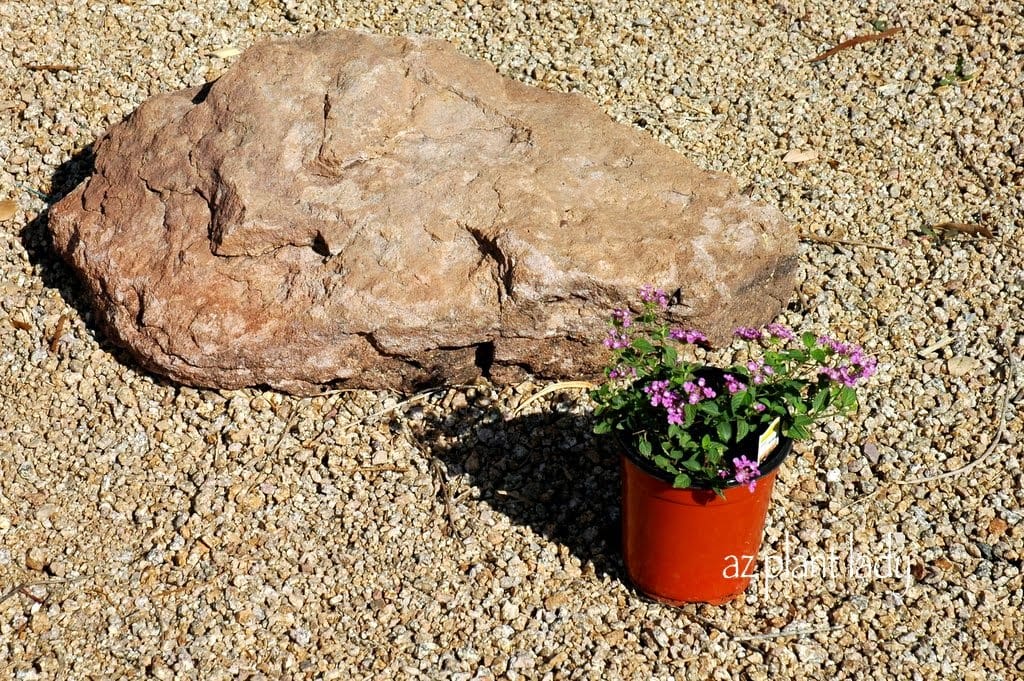
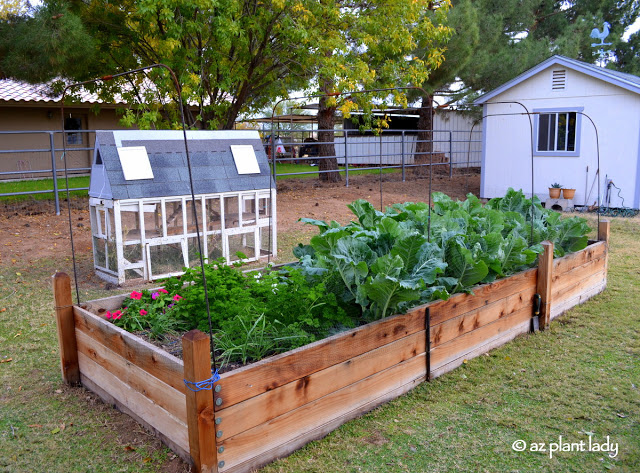
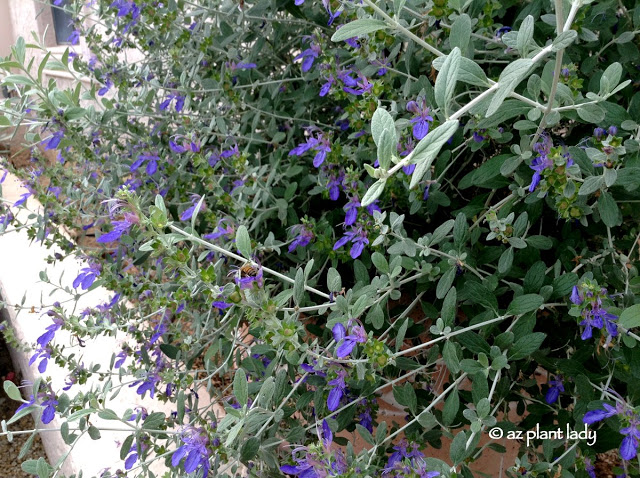
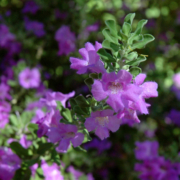
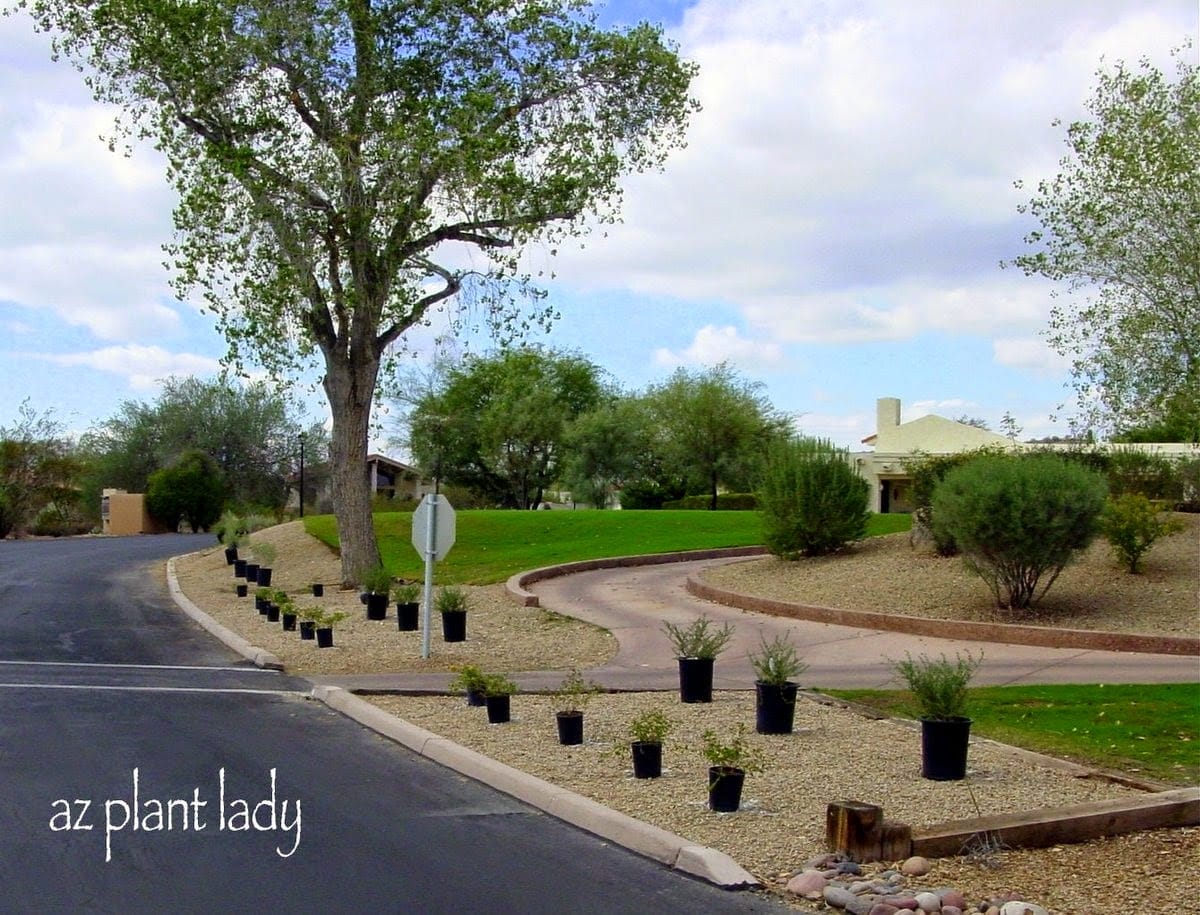
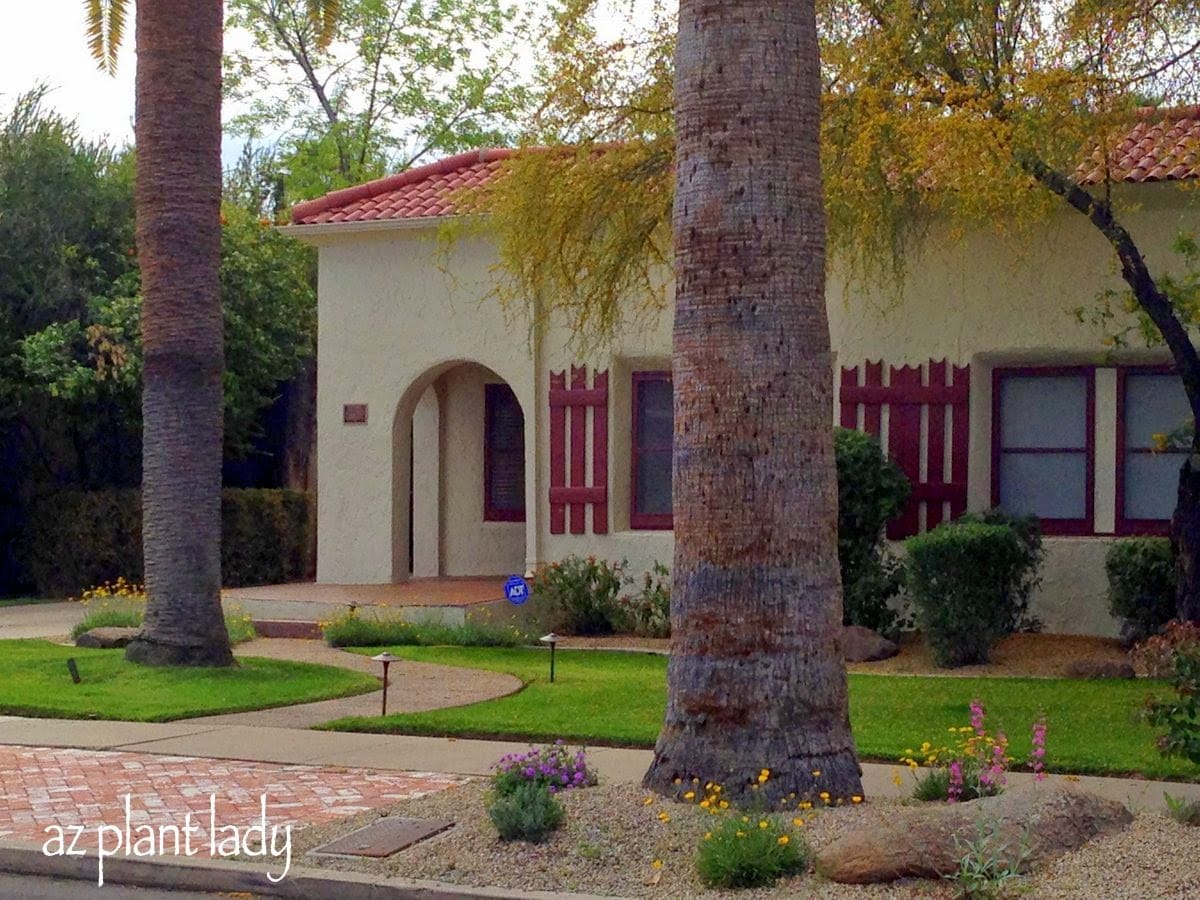
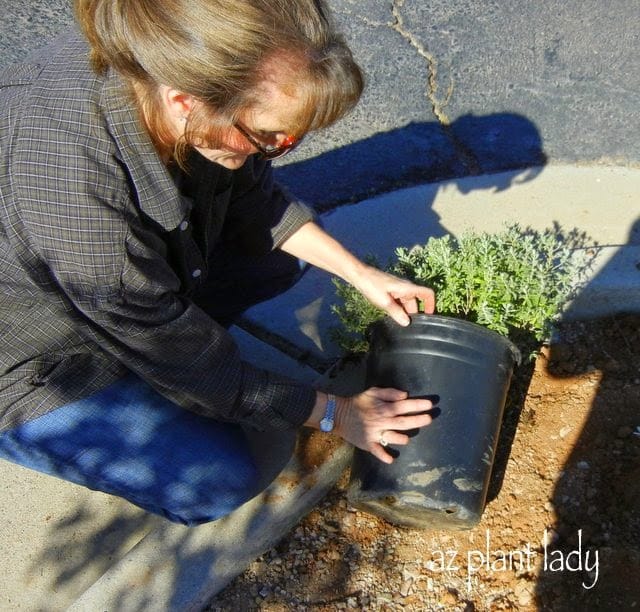






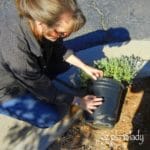

If you were in fertilizer sales, of course you would recommend it. Putting out fertilizer is not a chore that I enjoy. I tend to err in the other direction.
I hope Kai gets his wish.